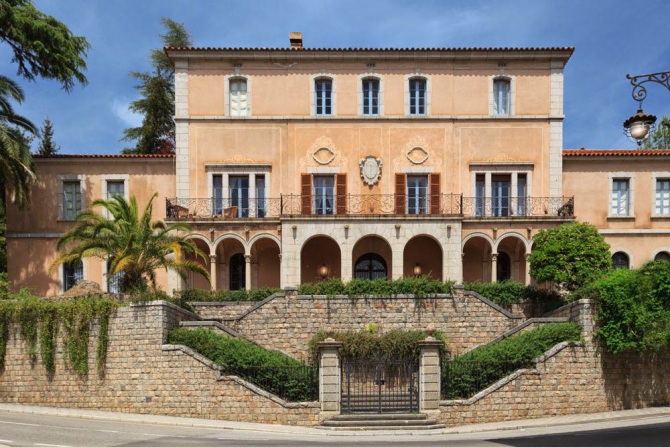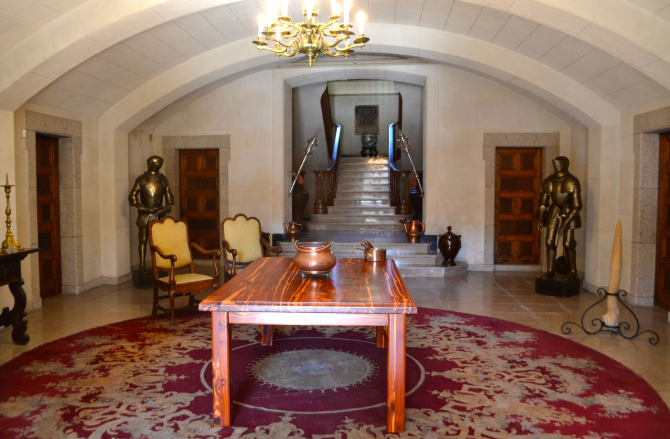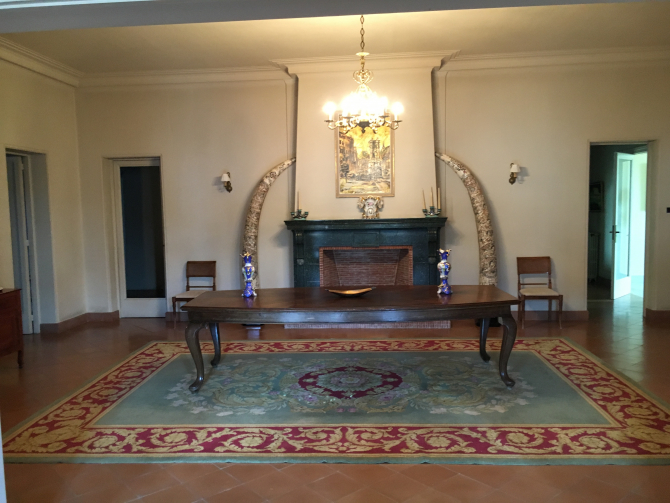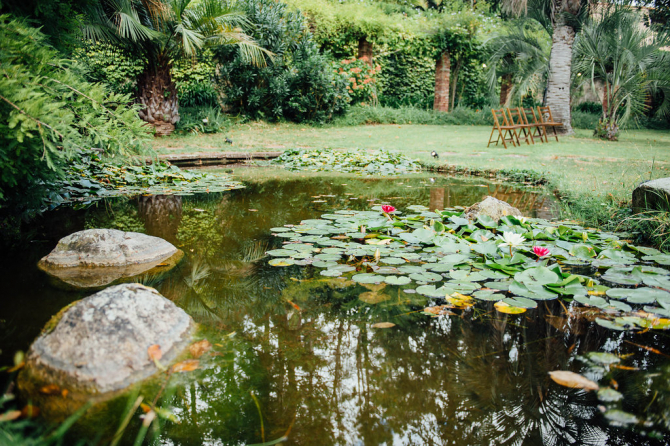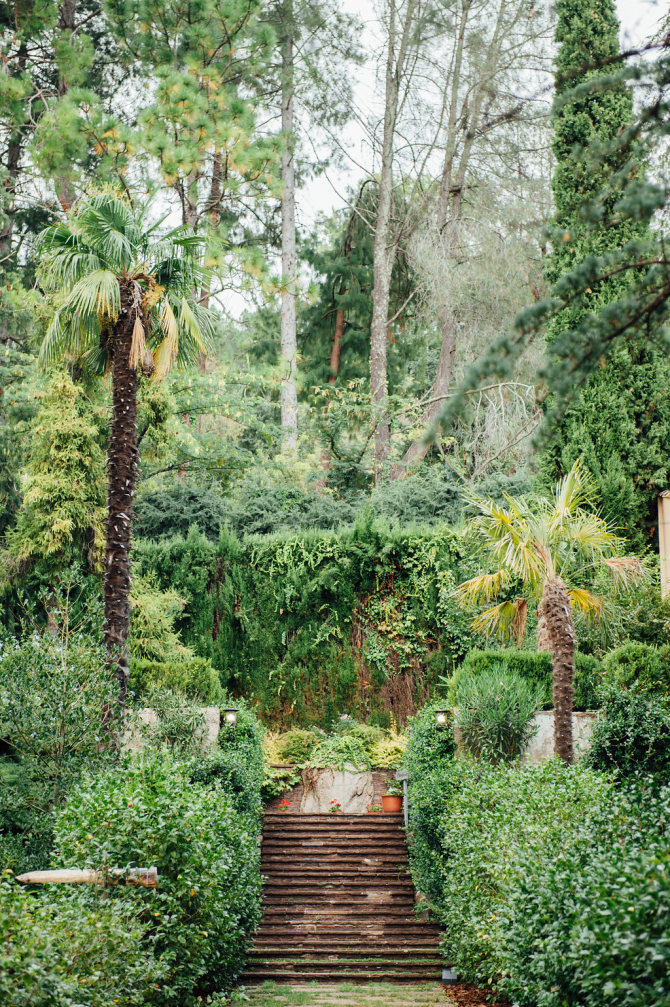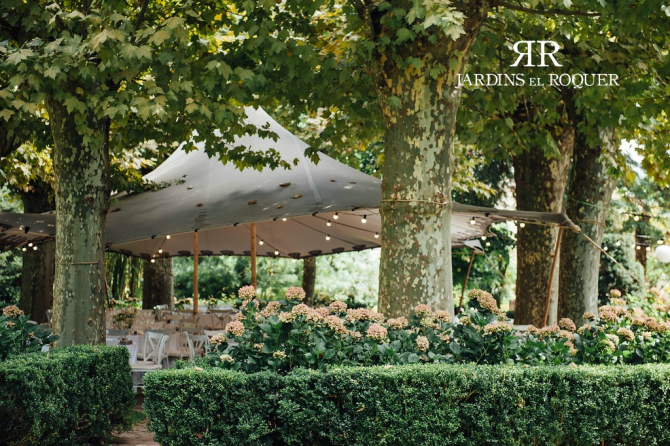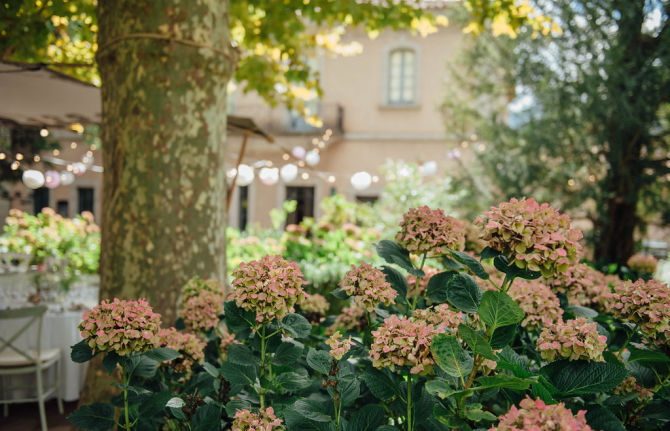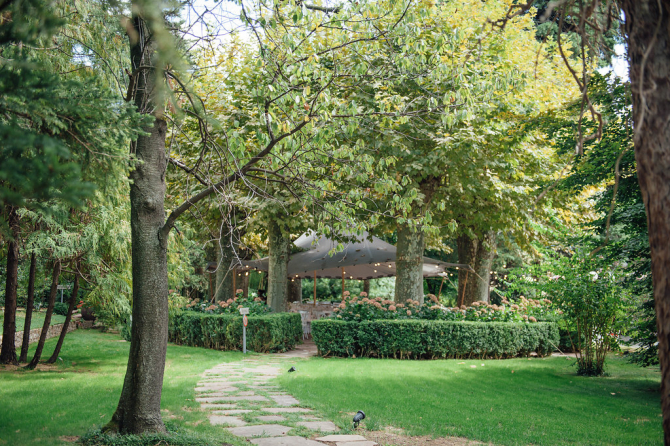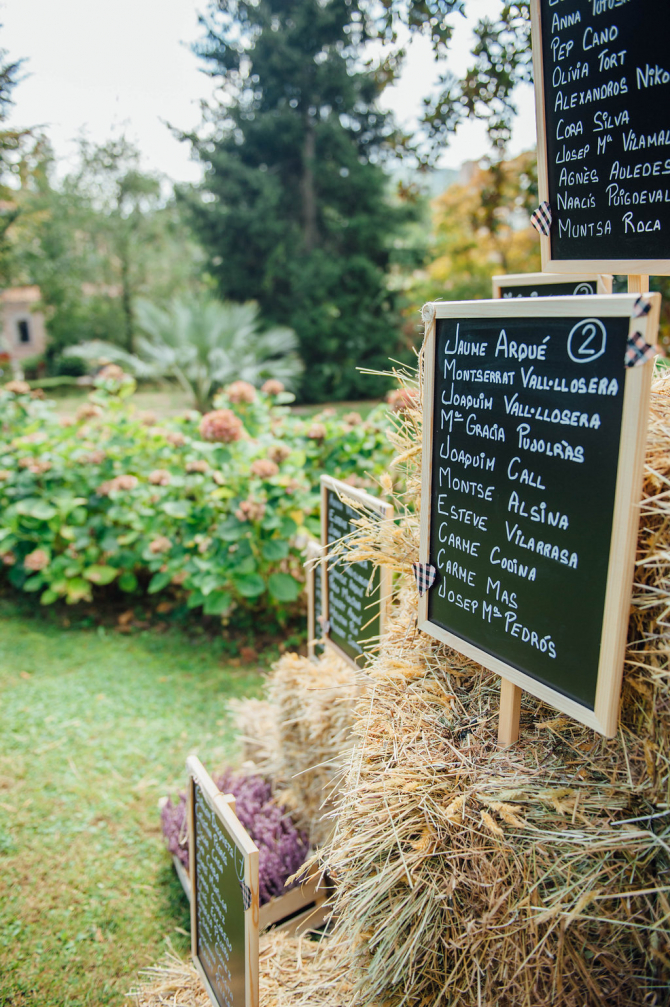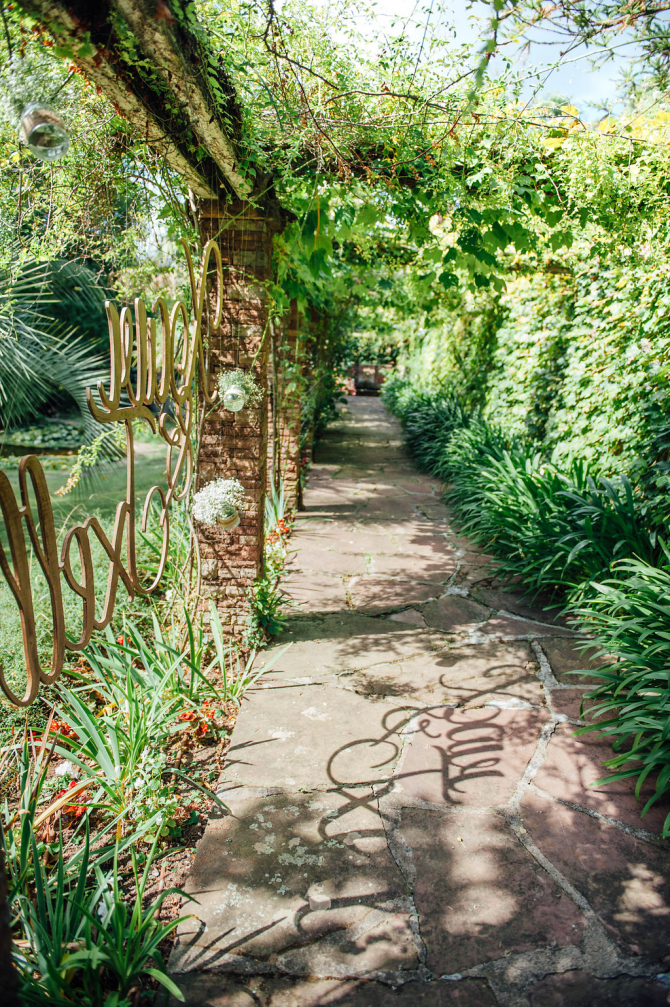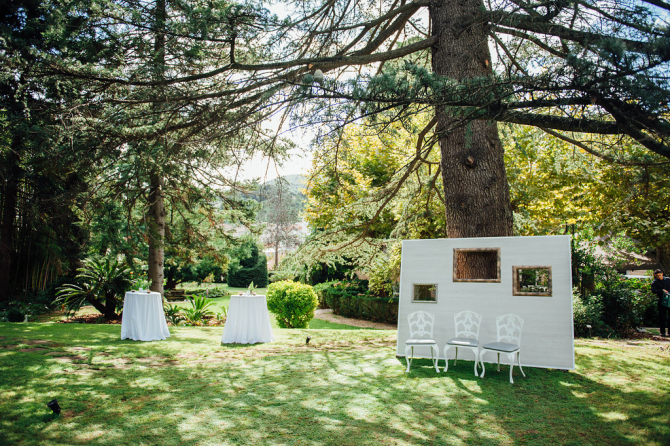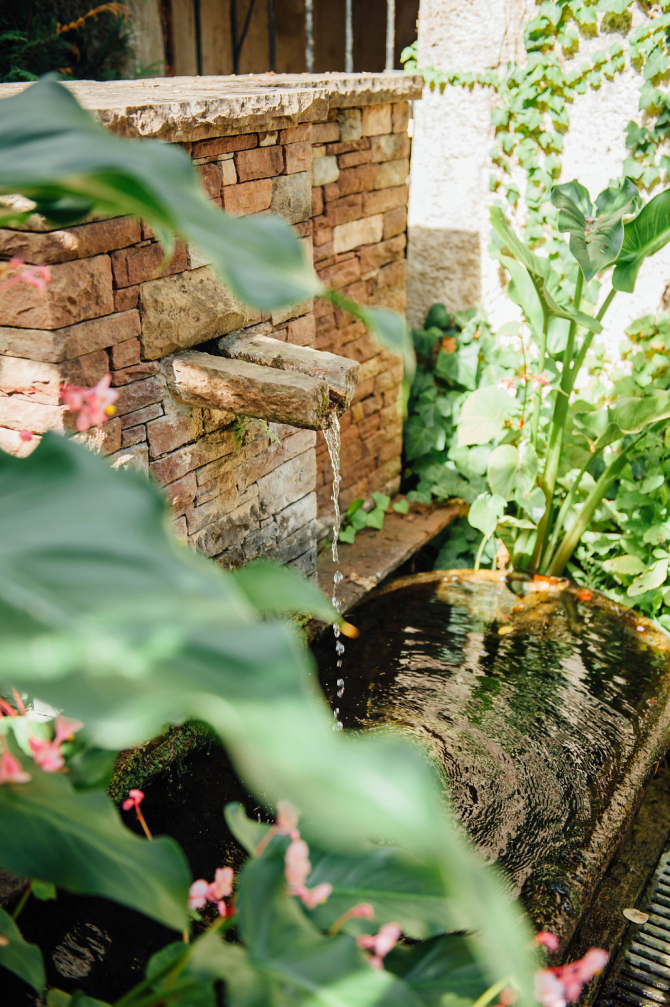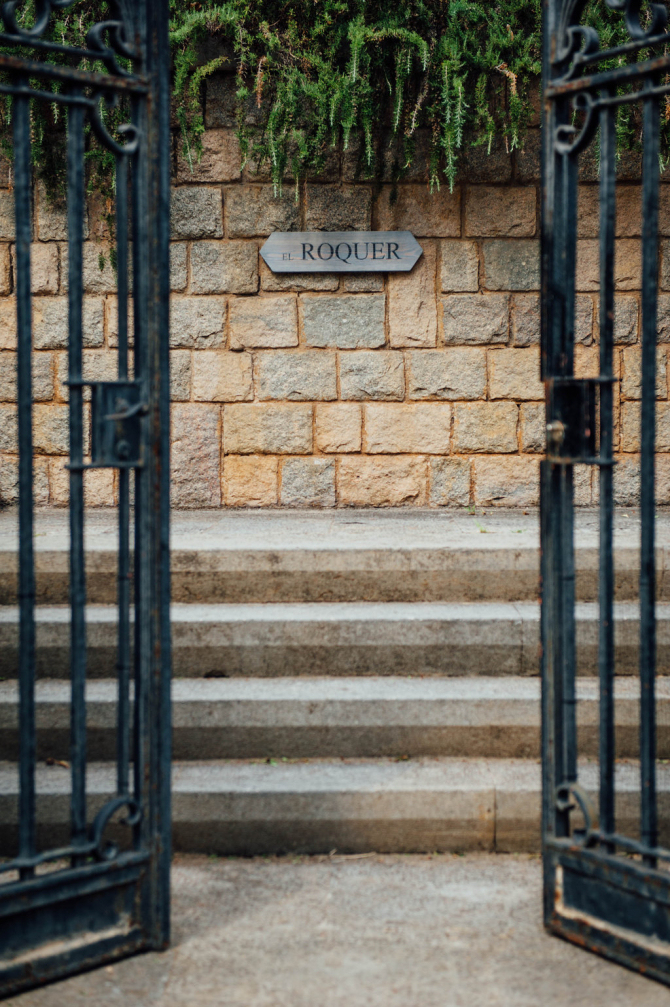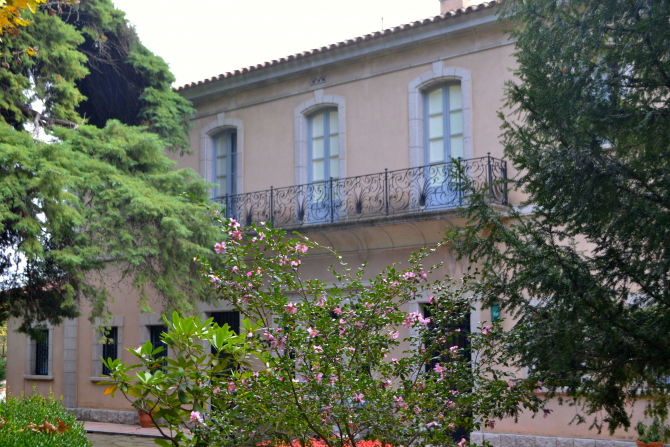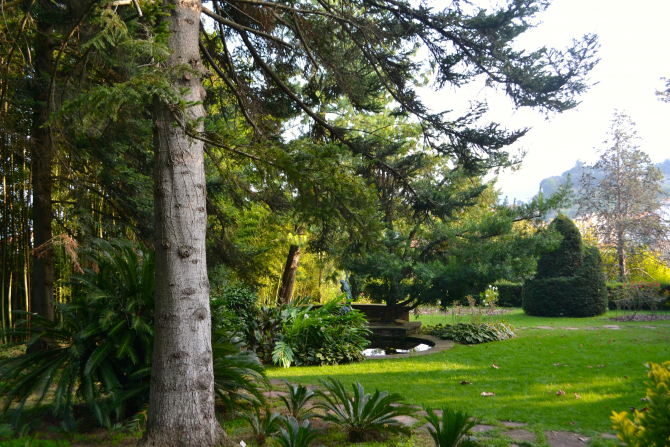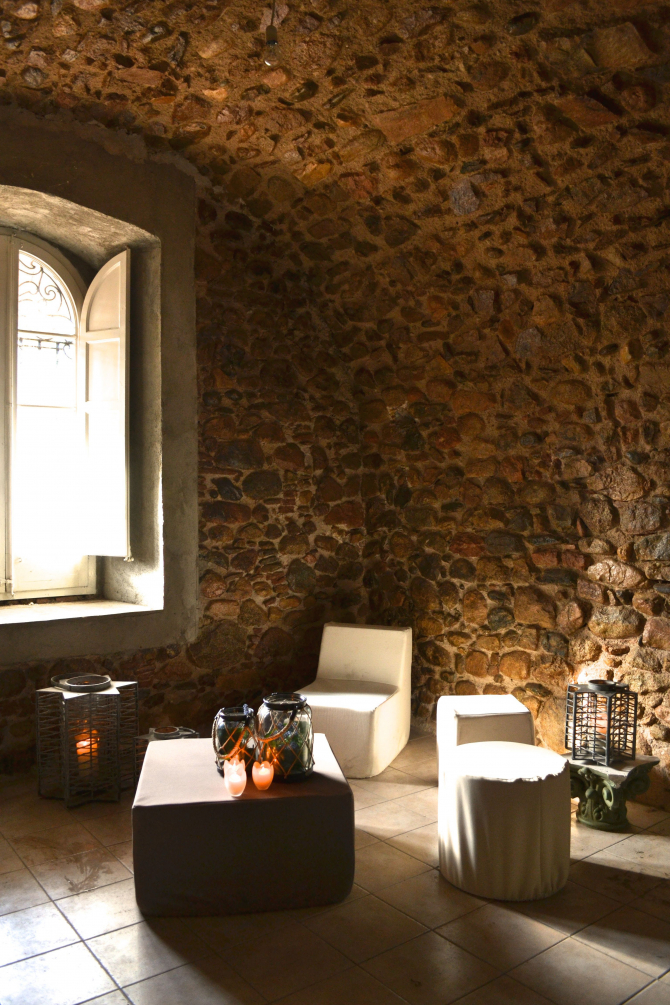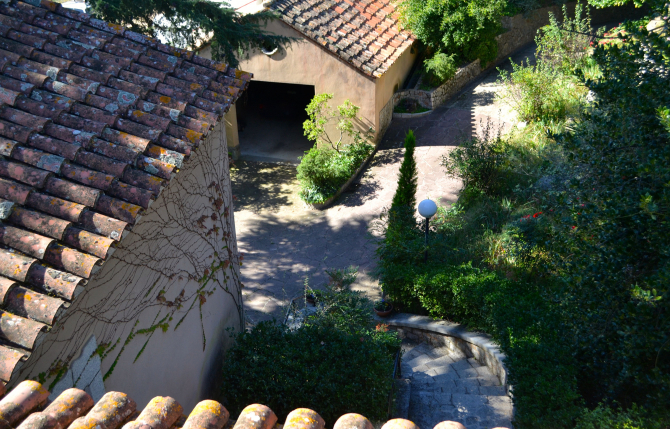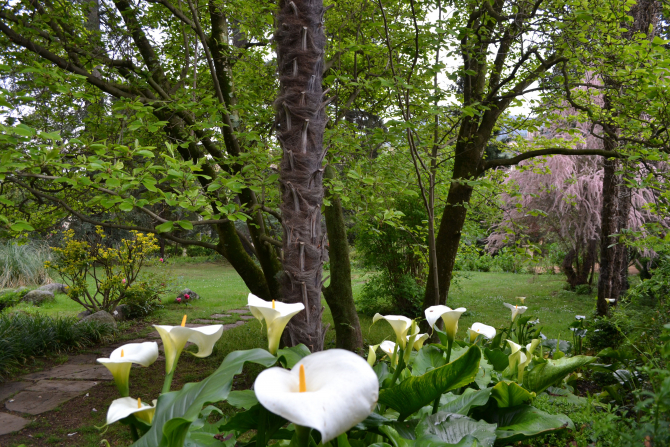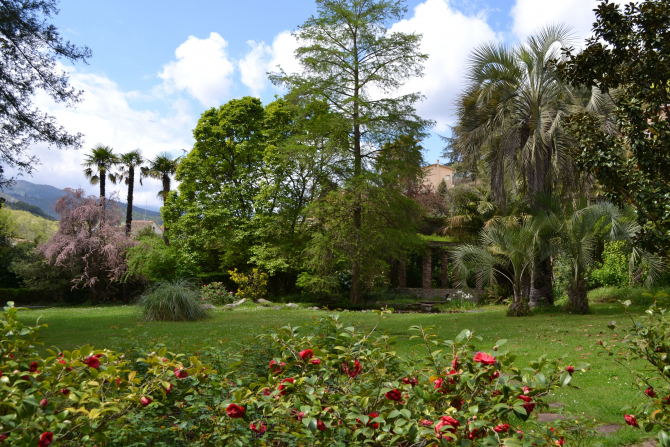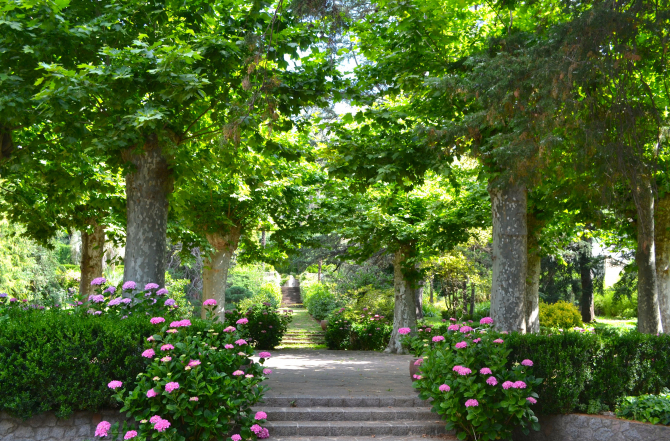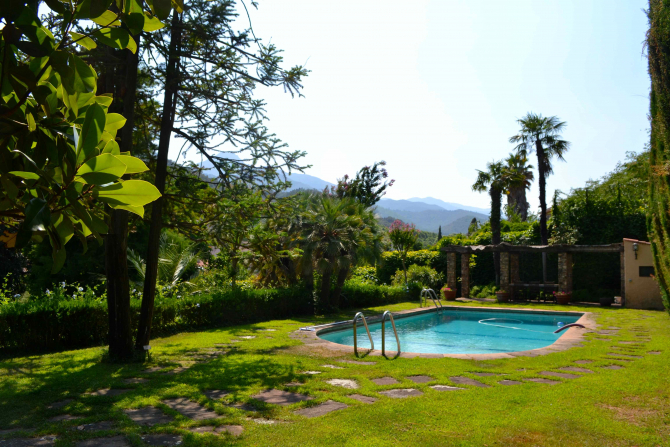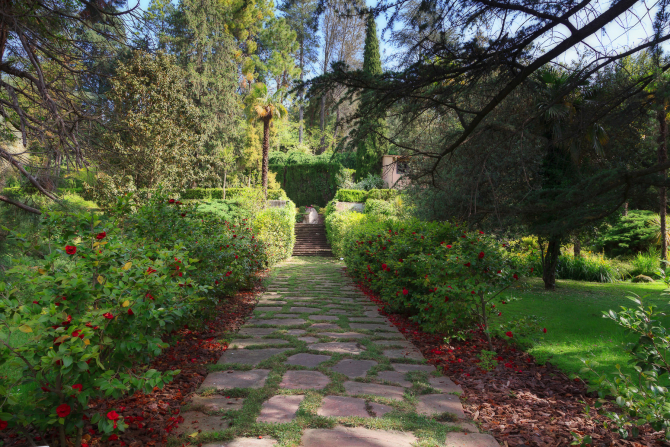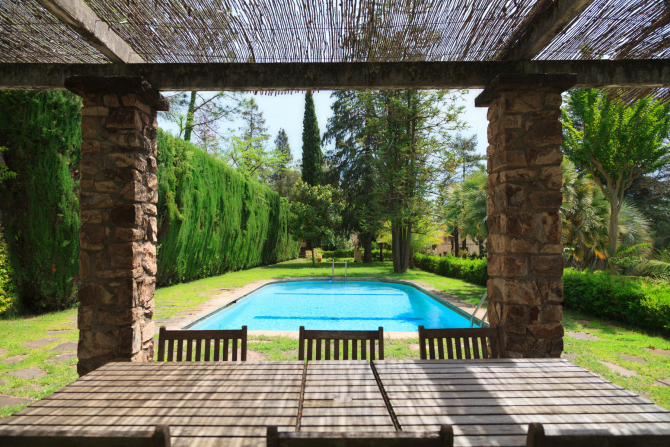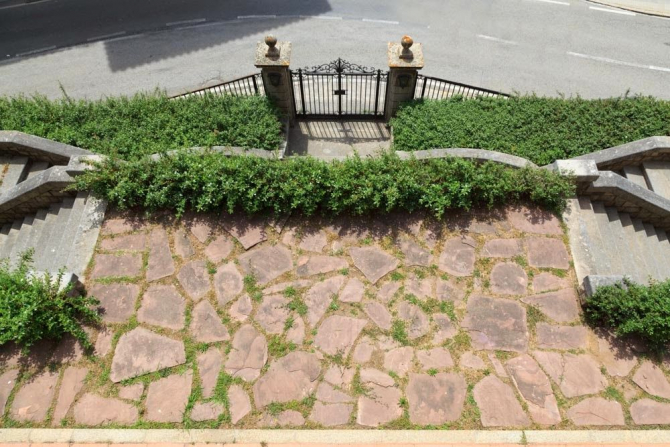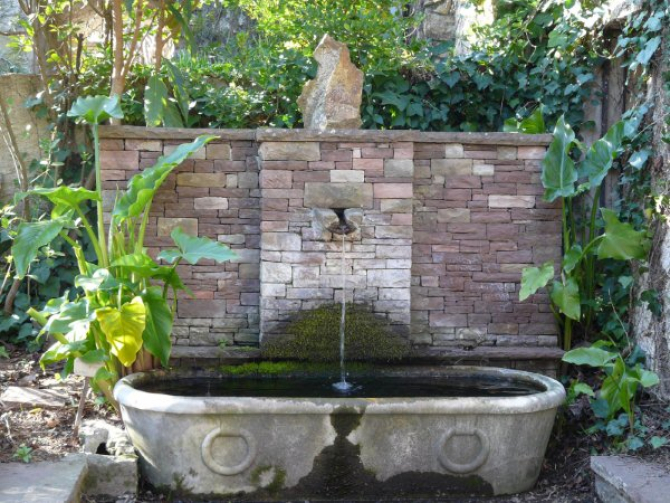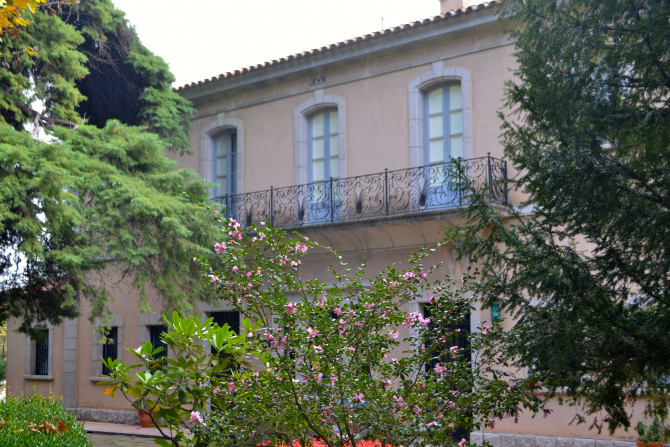Jardins el Roquer
Updated: 05/30/2018
C/ Estenedor 2
17401
Arbúcies
Girona
ROQUER HISTORY
The history of the Roquer palace begins at the beginning of the fourteenth century, specifically in 1313, because it is at this historical moment when we find a document where we can see that the Roquer family owns an ancestral house and a vineyard located in the same place where the current one is. The Roquer family belonged to the small local nobility, being considered one of the most important families of Arbúcies. They were owners of numerous farms during the Middle Ages and Modernes in the valley of Arbúcies. The heirs Roquer acquired over time, lands and farms which would form a very important asset. In the seventeenth century, in the war against King Philip IV, in 1640, the house was burned and later rebuilt following the style of the Catalan farmhouses of the time. Throughout the seventeenth and eighteenth centuries the Roquer family was renowned and became honorable citizens of Barcelona and Vic, had several honorary and military titles. From this niche arose a stool of ecclesiastics, three descendants were rectors of the parish of Arbúcies. The Roquer house had a private oratory from 1693, which was granted a license by the Bishop of Girona. Also the same family had the honor to bury their deceaseds, within the parochial church, which had their glass or grave in the chapel of Nª Sra de Gràcia. In 1825 the Lambert, a family of French origin, would connect with Roquer as a result of a wedding, and redirected the economy of the house that had undergone a bad government for 50 years and struggles for inheritance. At the end of the 19th century, the house suffered a fire and completely relied on the fashion of that moment. At the beginning of the 20th century, the farm was sold to Mr. Fàbregas, a lawyer from Barcelona. And around the year 1920 bought Joan Garolera Molist. During the civil war, Roquer hosted 300 boys and girls from the Basque Country and Madrid who fled from the front of the war. Later, the house was restored between the years 1940 and 1950 under the direction of the architect Enric Segarra and Emili Garolera Bohils, with the aspect that it currently has (FOTO). The illumination of the house is borne by the architect Buïgas (PHOTO) In 1996, when Lola Garolera died, the house passed to her brother Emili, who created the great dendrological garden that belongs to the estate.
THE MANSION
The palace is cataloged by the PGOU (General Plan for Urban Planning) as a building of interest. It is a three-story square-floor building. They emphasize, for the antiquity and for the architectural structure, the Catalan vaults of the lower level. On the main façade there is a large stone stairway leading to a porch with half-way arches from which you access to the main entrance where there is a very worked iron gate. On the inner main staircase the coat of arms of the Roquer family (PHOTO) is preserved. The first floor has a balcony with a wrought iron railing, richly decorated. It is the noble floor where the parament presents graffiti decorating around each opening, representing floral and plant ornamentation (PHOTO). Two lobed medallions stand out in stone, with a sgraffito scene in the interior, and in the center, between the two windows there is a sundial, also in relief and made of stone dated from "ANY MCML" (1950). Inside the house, antiques bought by Joan and Lola Garolera are preserved during the years that they lived in Paris. Lola liked buying in antique dealers, often going to the Pusses market in Paris and in the Gothic Quarter of Barcelona where he bought pieces that he considered interesting. Some of these works of art are the two canons of the Napoleonic era of the year 1812 which are on the main facade (PHOTO) and two medieval armors.
GARDEN
The Roquer's garden was created at the end of the 19th century (around 1870) as a recreation area of the family. Currently, it is considered one of the best dendrological gardens in the world. It houses trees from five continents, some of them centenary. We find specimens that are unique in the world such as the Himalayan red cedar cedar, which is just at the entrance to the palace. The collection of trees and plants is made up of more than 200 species, in an area of two hectares of land. Garolera wanted to shelter in him an extensive collection of palms, araucarias and magnolias. That is why he sought, obsessively, around the world, any tree of these species that he still had. The jewel of the garden is the great magnolia of Roquer considered a monumental tree by the Generalitat de Catalunya. It is the largest magnolia in Europe (3'92 meters in circumference), planted in 1873, of the Magnolia grandiflora species. The garden has a great diversity of trees of very diverse climates, thanks to the water, the quality of the soil and the good climatic conditions of the area. They can be found from subtropical species, such as Cycas revoluta, to temperate climates, such as Pinus sabiniana, and cold climates, such as Abies alba, emphasize sequoias and cedars of 30 m in height. The large variety of flowers gives the garden a splendid chromaticity. Highlights are the avenue of the camellias, the roundabout surrounded by hydrangeas, the numerous lakes full of water lilies, the huge variety of roses, etc. Each corner of the garden has a special charm. The numerous lakes, fountains, flowers, plants and, of course, gigantic trees make it a unique and unrepeatable jewel.





